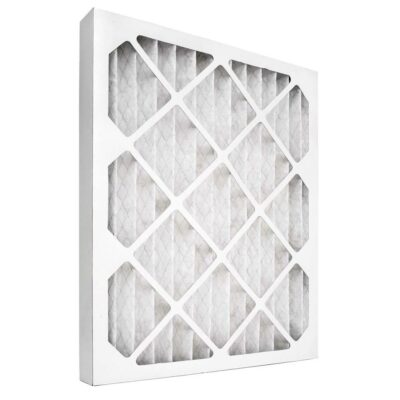MERV 13 PLEATED AIR FILTERS
MERV 13 filters are also recommended in your home.
ASHRAE and the CDC recommend MERV 13 filters. Increasing the performance of your filters will reduce virus transmission.
TAMPA, Fla. — The American Society of Heating, Refrigerating and Air-Conditioning Engineers and the CDC recommend MERV 13 filters in schools, buildings and homes.
Wade Conlan is an expert in this field and sits on the “Epidemic Task Force” for ASHRAE.
He says filters are rated by how effective they are at filtering extremely small particles to big particles. He says a typical one is 6 or an 8. But there’s a huge increase in performance of the MERV 13 filters.
“If you can increase the performance of your filters, you’re much more likely to capture a virus if it’s in the air stream in your building.”
Conlan says if you have higher efficiency filters, your HVAC systems ability to reduce virus transmission is improved.
And he said we should “absolutely” look at the MERV 13 filters for our homes.
High-efficiency filtration
The standard one-inch deep fiberglass filter is meant to stop only the larger stuff, like the dust you can see floating around in the air. The rating that describes filtration effectiveness is Minimum Efficiency Reporting Value, or MERV. That one-inch filter is about MERV-1. (Unfortunately, not all filters come with a MERV rating. Some filter sellers have decided to come up with their own rating systems.)
MERV-13 is the minimum filter rating that we recommend in our HVAC design work. To get that rating, it needs to remove at least 90% of particles in 3-10 µm range, 85% of particles in the 1-3 µm range, and 50% of particles in the 0.3-1 µm.

